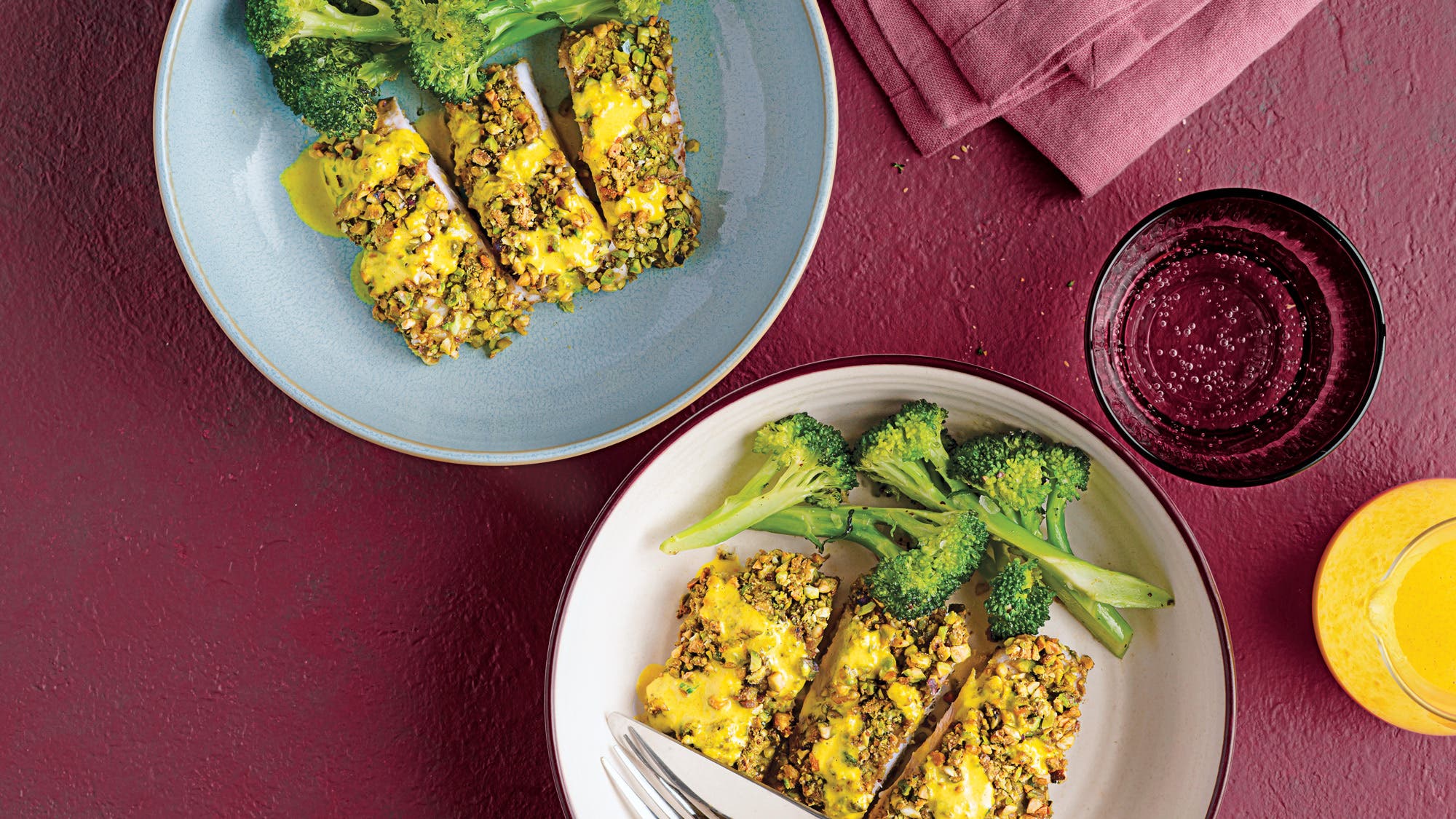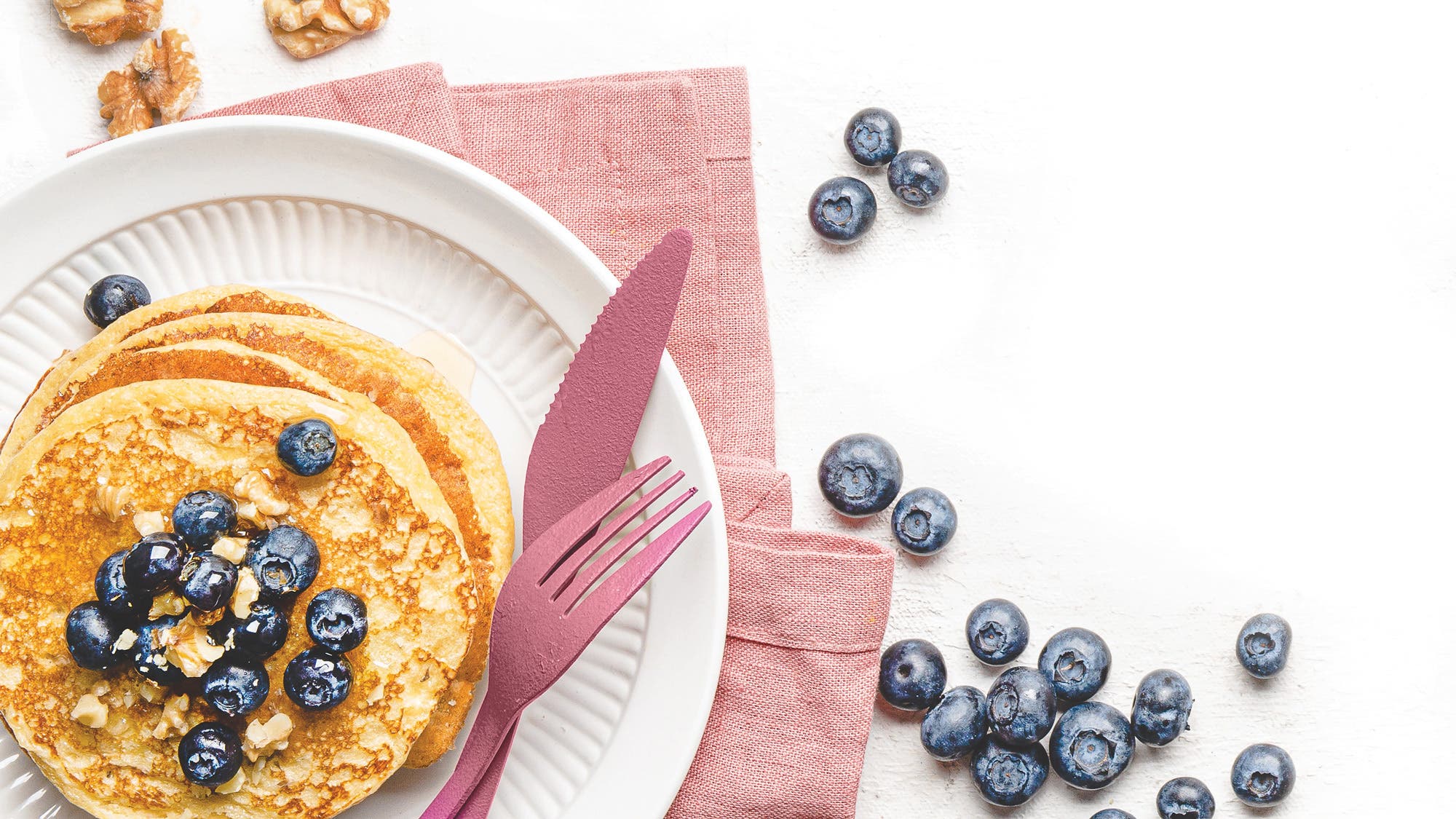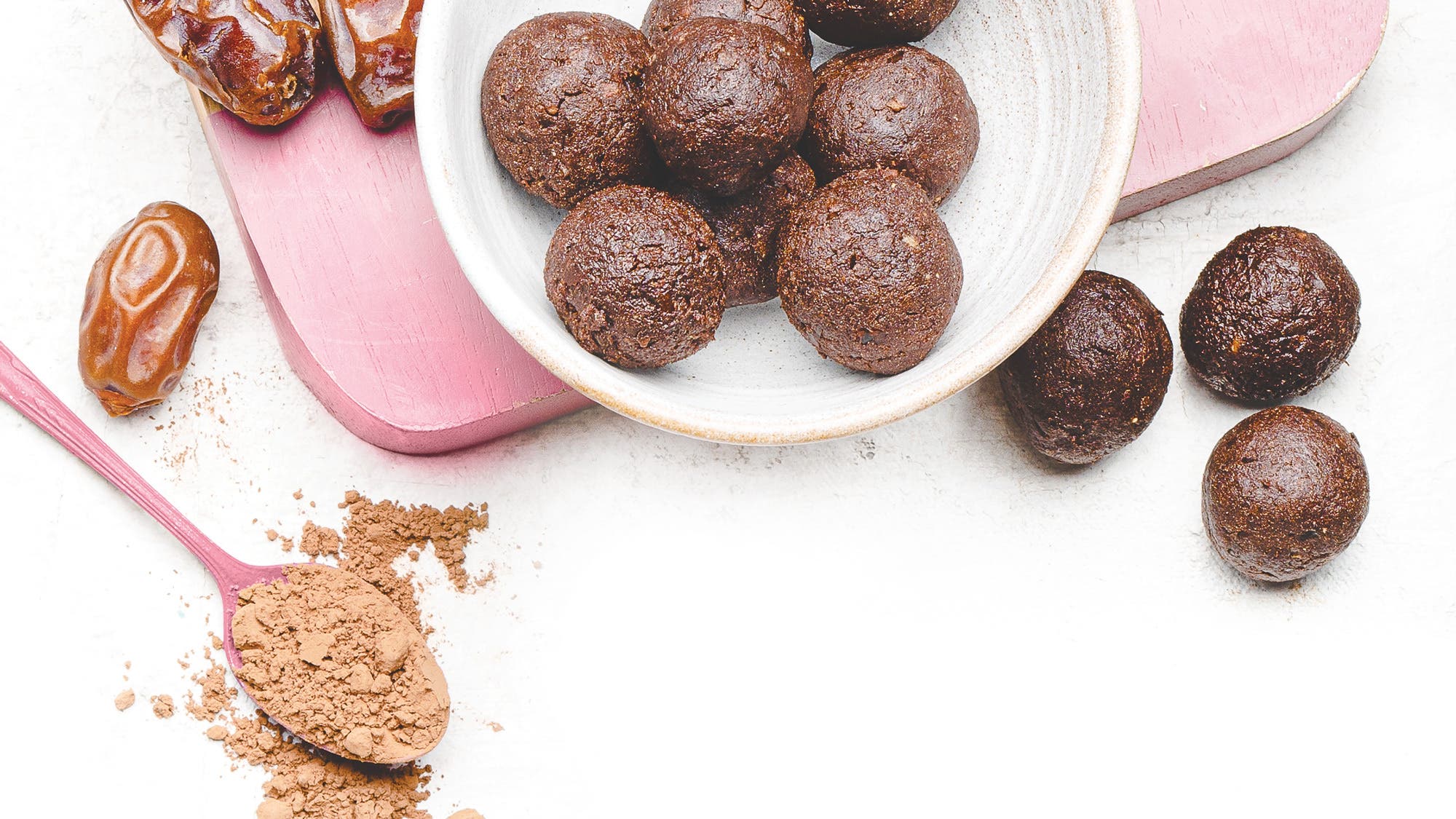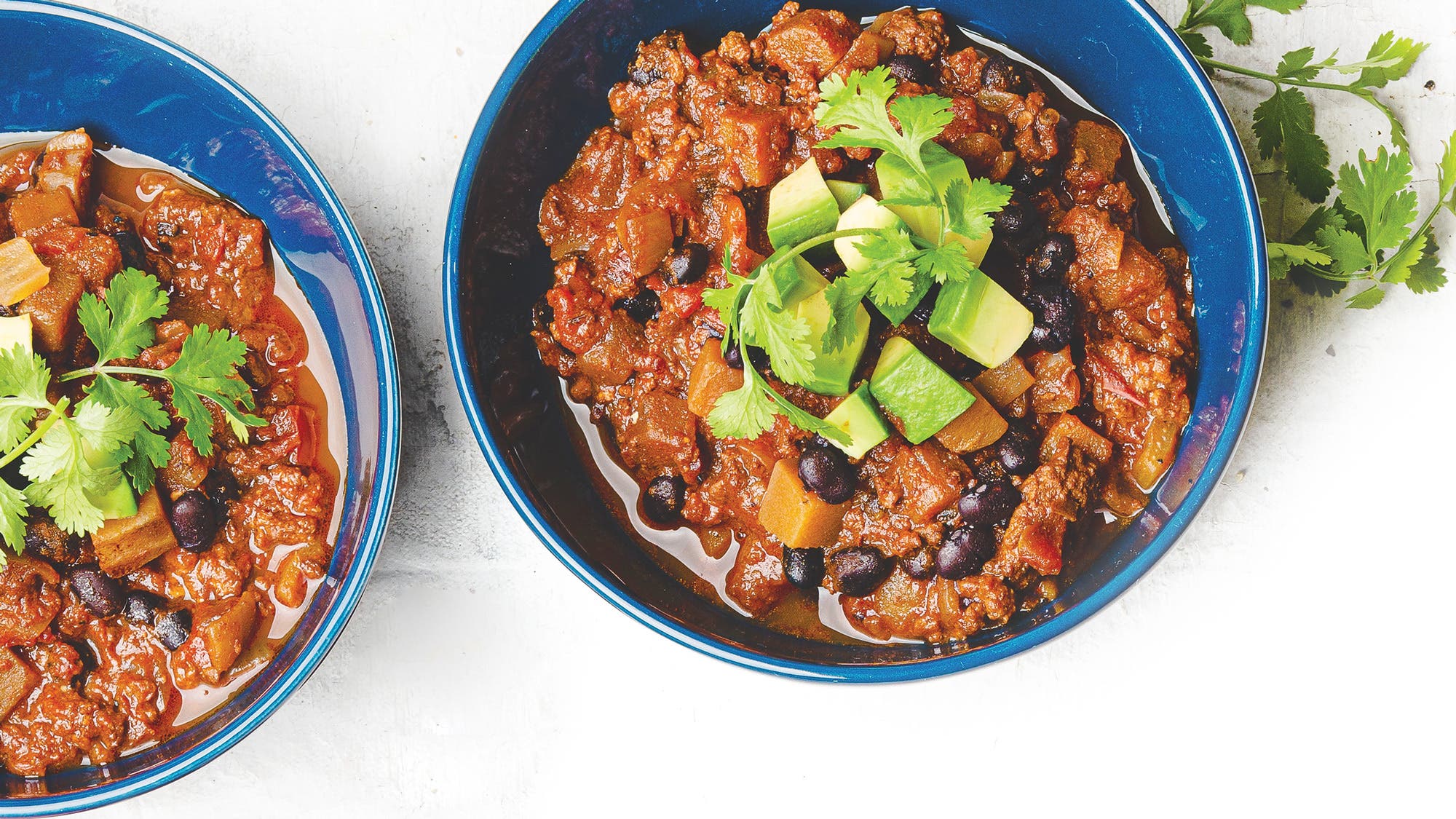Boost Your Metabolism with Our 1-Week Meal Plan

Muscles aren’t just important for bodybuilders – they also perform numerous vital functions in the body. But, like the saying goes, use it or lose it! If you’re not consistently activating your muscles, you’ll experience a decline in muscle mass. What you may not know is that a decline in muscle mass equals a decline in health.
Having toned muscles helps you look good in your T-shirt or bathing suit, but it’s what your muscles are doing on the inside of your body that is most beneficial. Activated muscles — muscles at work during exercise and other movements — have many health advantages. They improve balance, strengthen bones, reduce insulin resistance, reduce body fat (which helps diminish inflammation) and improve metabolism. Activated muscles can even improve your cognitive function by stimulating the release of brain-derived neurotropic factor (BDNF), which may help prevent dementia and Alzheimer’s.
There are three things you need to maintain or improve muscle strength. The first is weight resistance. You must place a load of stress (free weights, resistance bands or your own body mass) on your muscles that is greater than what your muscles are used to supporting. This load creates tiny tears in your muscle fibers, which signal your body to repair and grow your muscles. Rest is also key. After you stress your muscles, you need to give them 48 to 72 hours to rest and recover. If you overwork the same muscle groups without giving them rest, you not only slow their ability to repair and grow, but you could also severely damage them. Last but crucially important is proper nutrition. You need to eat adequate calories and amino acids (from protein) to provide your body with the building blocks it needs to repair and grow muscles. This one-week meal plan focuses on exactly that, with delicious meals and snacks in the right proportions to fuel your fitness routine, support your muscle repair and growth and keep you feeling satiated.

4 Ingredients to avoid before your next workout
You may be reaching for a pre-workout bar or drink that’s been marketed as something that will help you feel more energized so you can achieve your fitness and health goals. However, there’s a lot lurking in many of these products that may have you reconsidering your choice of fuel.
1. INULIN: Also known as chicory root, inulin is a prebiotic fiber that manufacturers are using in a variety of products such as yogurt, bars and protein drinks to boost fiber content. However, like any fiber, prebiotics can cause gas, bloating and abdominal pain if consumed too quickly or in large quantity. Also, if you struggle with digestive issues, like irritable bowel syndrome (IBS) or small intestinal bacterial overgrowth (SIBO), inulin may cause more digestive distress — not what you need right before a workout.
2. ACESULFAME-K: This artificial sweetener is used in products such as protein powder, bars and baked goods as it is heat stable and helps cut down on sugar and carbohydrate intake. Although the US FDA has deemed it safe to use, there are many studies that question its safety. Possible adverse health effects of acesulfame-K include interference in appetite regulation, disruption in metabolic processes and impact on blood sugar control and insulin production. Consumption of acesulfame-K-containing foods or beverages can cause nausea, which would interfere with your ability to sustain exercise.
3. DRIED FRUIT: Significantly higher in sugar than fresh fruit, dried fruit can cause a spike in blood sugar level, especially if not eaten with adequate protein or fat. Dried fruit can also cause gas, bloating and abdominal pain as the intestinal bacteria feast on the sugar and fiber found in fruit, leaving you with digestive distress before or during your workout.
4. FRUIT JUICE: Many people turn to juice before a workout because liquids digest more quickly and are less likely to leave you with digestive fullness. Unfortunately, juice is high in sugar and calories while lacking in fiber, which can cause blood sugar spikes followed by a crash while you exercise.

Protein Pancakes: In a blender, combine 2 eggs, ¾ cup oats, ½ cup cottage cheese, ¼ cup milk, 2 scoops collagen peptides, 2 tsp honey and 1 tsp baking powder; blend until smooth. Cook 2 tbsp batter per pancake in a nonstick pan or griddle misted with cooking spray until golden on both sides. Makes 16 pancakes (4 servings).
Weights or cardio: what’s best for your body?
You may have been told that the path to better health and weight loss is cardio: Pound the pavement or treadmill and move fast enough to get into your “target heart-rate zone” for at least 30 minutes. Sound familiar? While activities like fast walking, running, cycling and rowing will improve your cardiovascular function, they actually don’t have much of an impact on your metabolic health, which is defined as having ideal levels of blood sugar, triglycerides, lipids and blood pressure. Yes, these activities do burn calories while you’re performing them. But to turn your body into a 24/7 calorie-burning furnace, you need to have more metabolically active tissue (aka muscles!). The best strategy is to incorporate weight resistance every time you exercise, and continue with some cardio for the heart-health benefits.

Snacks to keep you fueled
What, when and how much you should eat before exercise depends on the time of day you work out and whether you perform better on an empty stomach or not — everyone is different. If you exercise early in the morning, you may need a little glucose (such as half of a banana or our Pre-Workout Cordyceps Charge-Up below), or you may not need anything at all. And if you eat a nutritious lunch and afternoon snack, it’s likely that you’ll have plenty of fuel for an afternoon or evening workout.
Before
This smoothie is designed to promote energy using cordyceps, a natural energy booster that can enhance athletic performance by increasing your body’s supply of adenosine triphosphate (ATP), one of its primary sources of energy during exercise.
Pre-Workout Cordyceps Charge-Up: In a blender, combine 1 cup milk, ½ frozen banana, 1 tbsp nut butter, 2 scoops collagen peptides and 1 tsp cordyceps powder (TRY: Host Defense Cordyceps Powder) with ½ to 1 cup ice.
During
Skip the colorful sports drinks and stick to water. However, if you’ll be working out for more than an hour and sweating a lot, then it will be beneficial to consume electrolytes in your drink. Seek out pink Himalayan sea salt, which contains more than 84 minerals and trace elements, including calcium, magnesium, iron and potassium.
Homemade Electrolyte Drink: In a water bottle, combine 2 cups cold filtered water (or 1 cup water and 1 cup unsweetened coconut water), juice of 1 lemon, juice of ½ orange and ¼ tsp pink sea salt; shake until salt dissolves.
After
Muscle recovery begins after your workout is over, so try to consume a combination of protein and carbohydrate within 90 minutes (don’t get too hung up on the timing, though; it’s more about overall daily protein intake). These energy balls are a scrumptious option that provides the nutrition you’ll need while on the go.

Post-Workout Chocolate Mint Energy Balls: To a food processor, pulse together 12 pitted Medjool dates, 3 tbsp collagen peptides, 2 tbsp nut butter, 1 tsp pure mint extract, ½ cup cacao powder and pinch salt until mixture is crumbly. Add 1 tbsp milk. Roll into 1-tbsp balls and place on a plate; chill 1 hour. Store covered in the fridge. Makes 16 balls (4 per serving).
Supplement Right
Targeted supplements can help relieve the physical stress of inflammation as well as the stress load to your system that can result from a workout.
ASHWAGANDA (Withania somnifera): This root can help energize the body when it needs it during the day and calm overactive nerves for a restful sleep at night. Ashwaganda is also used to support athletic performance, endurance and exercise recovery.
MAGNESIUM: Ensuring adequate magnesium intake can help with muscle cramping and pain and promote relaxation and a better sleep. Magnesium glycinate is one of the best- absorbed forms and is good for neuromuscular health. Magnesium malate is important in the production of energy and can help with muscle pain. Soaking in magnesium sulfate (Epsom salts) or using topical magnesium chloride helps with muscle soreness.
TURMERIC: The primary phytochemical in turmeric, curcumin, has been shown to reduce inflammatory markers (muscle soreness is a result of inflammation). For optimal absorption, combine it with black pepper and a healthy fat (like coconut oil).
TART CHERRY: Tart cherry juice may help with recovery of muscle function after strenuous exercise and reduce inflammation and pain by increasing total antioxidant capacity. The recommendation is consuming 10 ounces as part of a post-workout meal.

Chipotle Bison Chili: In a large pot or Dutch oven, heat 2 tbsp avocado oil. Add 1 yellow onion, chopped, and 2 cups cubed butternut squash; cook 5 minutes. Add 2 cloves garlic, minced, and 1 lb ground bison; cook 5 minutes, breaking up bison with a spoon. Add ½ of a canned chipotle chile, chopped, and 1 tbsp adobo sauce (from can), 2 15-oz cans fire-roasted diced tomatoes, 1 tsp each ground cumin, chile powder and smoked paprika, ½ tsp black pepper and ¼ tsp salt; heat on low for 45 minutes. Stir in 1 15-oz can black beans, rinsed and drained; cook 15 minutes more. Remove from heat and stir in zest and juice of 1 orange. (Makes 4 servings.)
The Meal Plan
Download these meal plan PDFs to guide you, and find links below to the two additional recipes shown above: